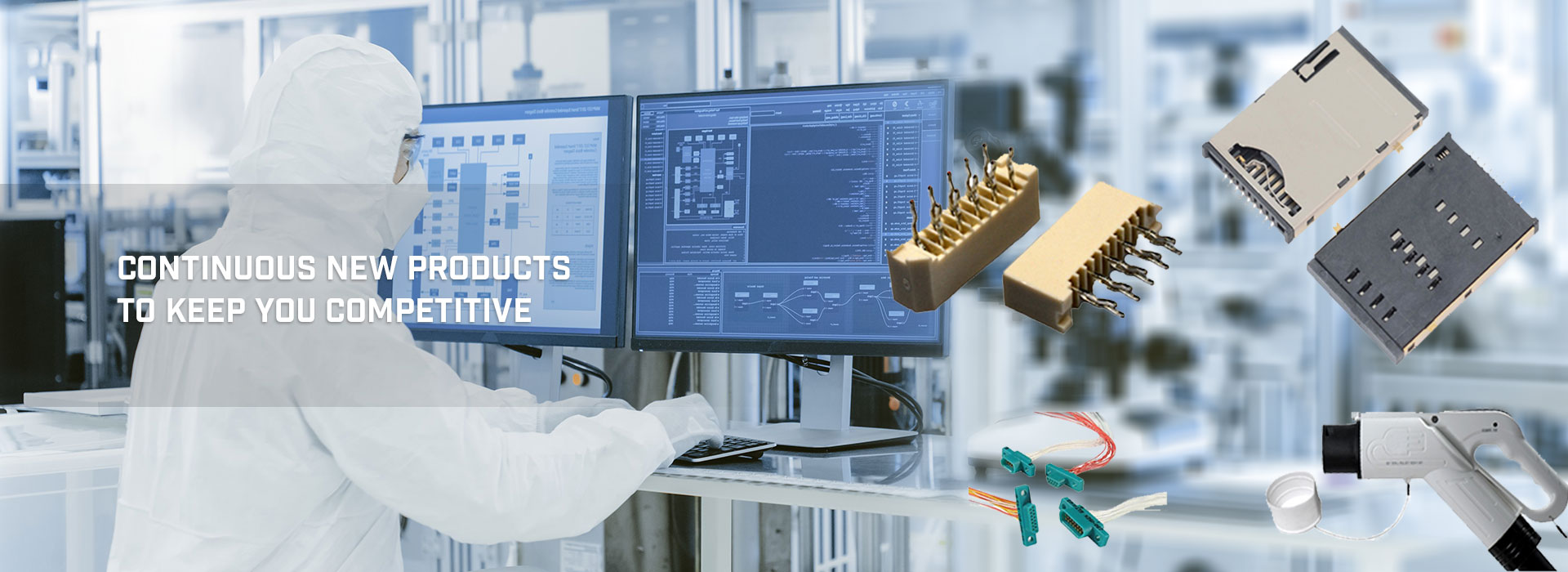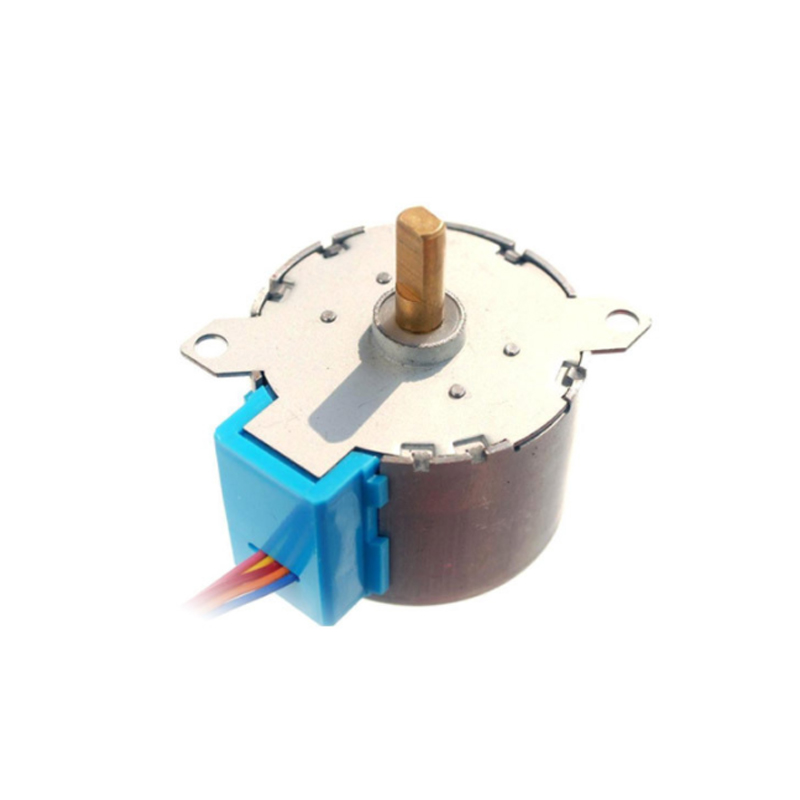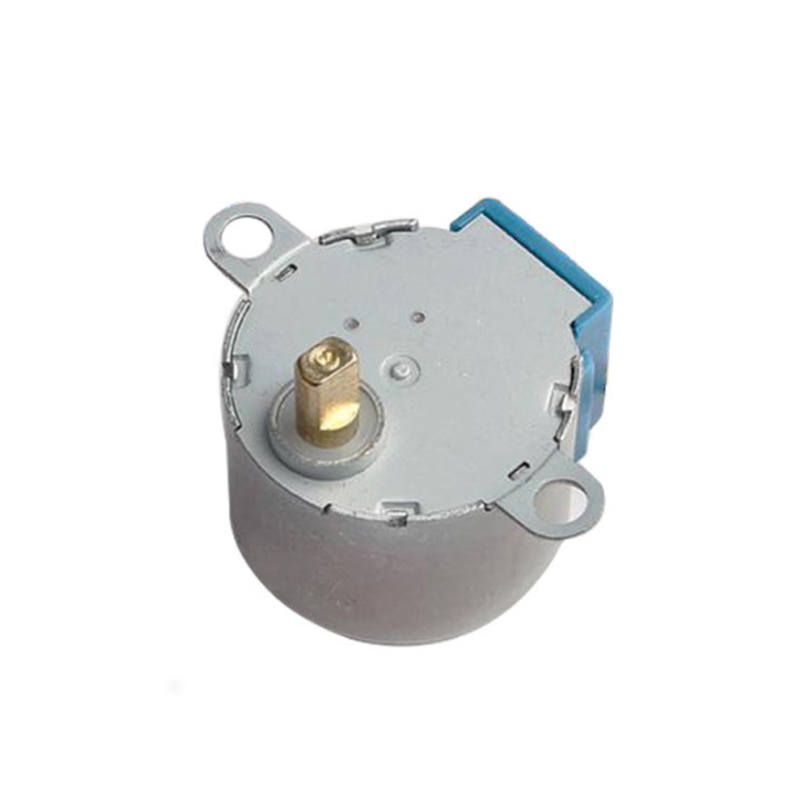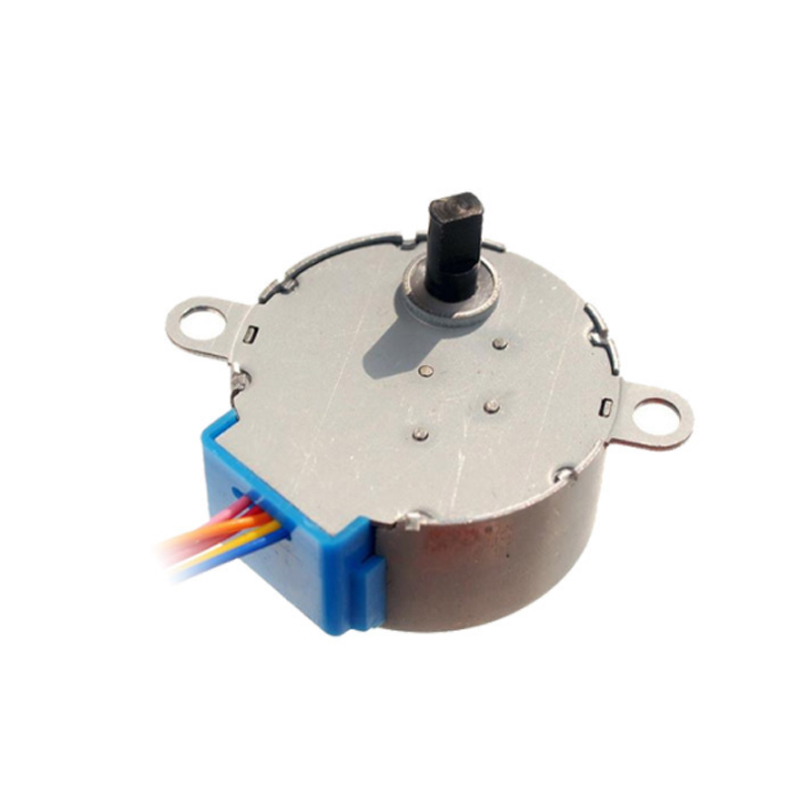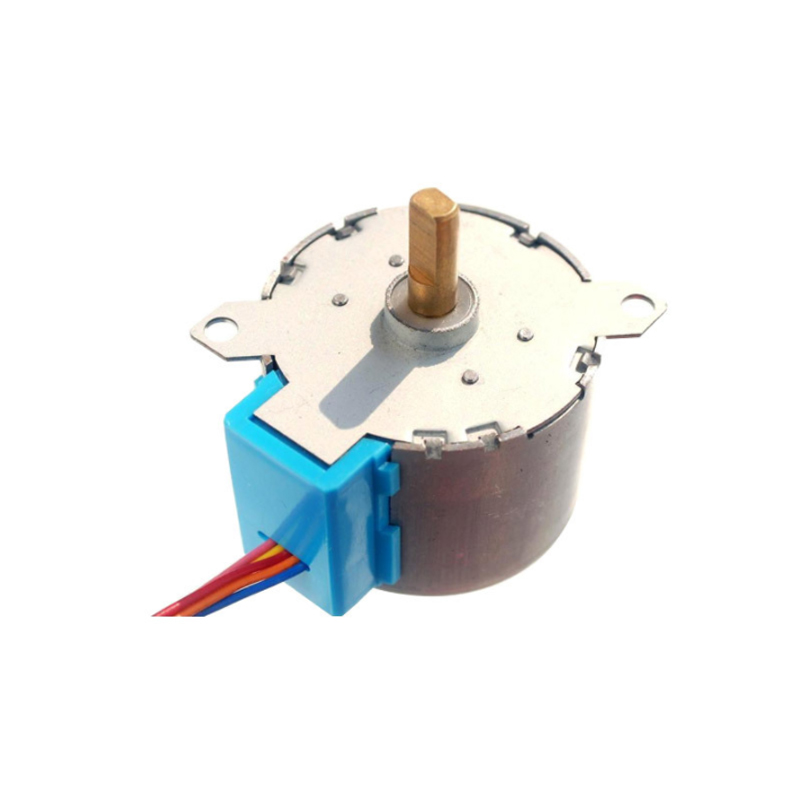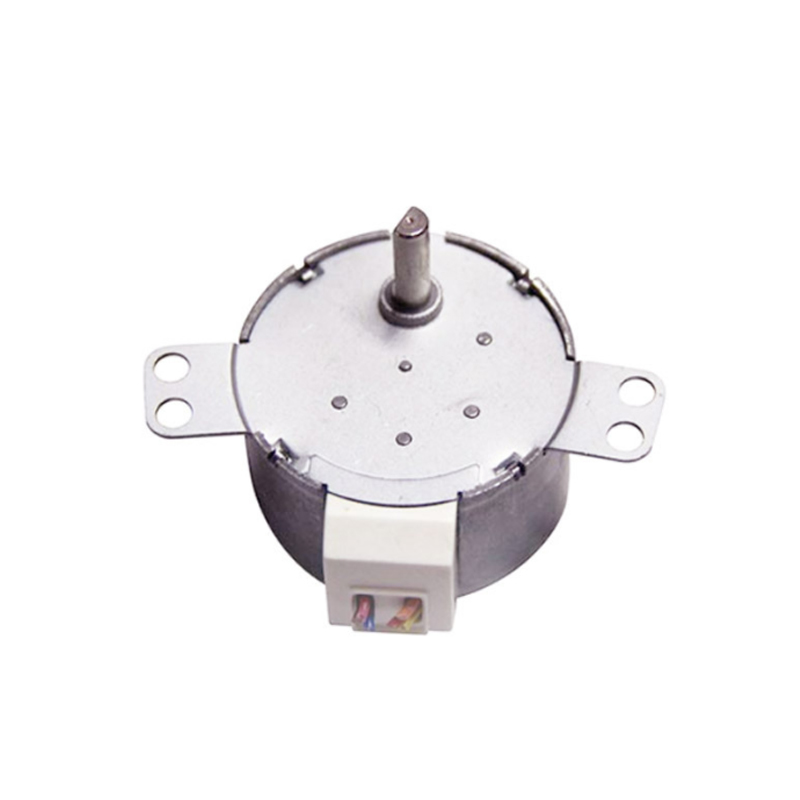What is a stepper motor?
Micro Stepper motor is a kind of motor that converts electric pulse signal into corresponding angular displacement or linear displacement. Every time a pulse signal is input, the rotor rotates an angle or advances one step. The output angular displacement or linear displacement is directly proportional to the number of input pulses, and the speed is directly proportional to the pulse frequency. Therefore, stepping motor is also called pulse motor.
Gear Stepper motor is also called pulse motor. Based on the most basic electromagnet principle, it is an electromagnet that can rotate freely. Its action principle is to generate electromagnetic torque by relying on the change of air gap magnetic conductivity. Its original model originated from 1830 to 1860. Around 1870, it began to try for the purpose of control, which was applied to the electrode conveying mechanism of hydrogen arc lamp. This is considered to be the original Micro Reducer Stepping Motor. At the beginning of the 20th century, stepping motors were widely used in automatic telephone exchanges. Due to the western capitalist powers competing for colonies, stepping motors have been widely used in independent systems such as ships and aircraft lacking AC power supply. In the late 1950s, the invention of transistor was gradually applied to stepping motor, and it became easier to control the digital control. After the 1980s, because the cheap microcomputer appeared in a multi-functional attitude, the control methods of stepping motor were more flexible and diverse.
The biggest difference between stepping motor and other control motors is that it receives digital control signal (electric pulse signal) and converts it into corresponding angular displacement or linear displacement. It itself is an actuator to complete digital mode conversion. Moreover, it can open-loop position control, and a specified position increment can be obtained by inputting a pulse signal. Compared with the traditional DC control system, the cost of the so-called incremental position control system is significantly reduced, and there is almost no need to adjust the system. The angular displacement of stepping motor is strictly proportional to the number of input pulses, and is synchronized with the pulses in time. Therefore, as long as the number and frequency of pulses and the phase sequence of motor winding are controlled, the required rotation angle, speed and direction can be obtained.
China's stepper motor started in the early 1970s. From the mid-1970s to the mid-1980s, it is the development stage of finished products. New varieties and high-performance motors are constantly developed. At present, with the development of science and technology, especially the development of permanent magnet materials, semiconductor technology and computer technology, stepper motors have been widely used in many fields.
Stepping motor control technology and its development
As a special motor for control, the stepping motor cannot be directly connected to DC or AC power supply, so it must use a special driving power supply (stepping motor driver). Before the development of microelectronics technology, especially computer technology, the controller (pulse signal generator) was completely realized by hardware. The control system used separate components or integrated circuits to form the control loop. Not only the debugging and installation were complex and a large number of components were consumed, but also the circuit must be redesigned once the control scheme was changed. This makes it necessary to develop different drivers for different DC Stepper motor. The development difficulty and development cost are very high, and the control difficulty is large, which limits the popularization of DC industrial Stepper motor
Because stepping motor is a device that converts electrical pulse into discrete mechanical motion and has good data control characteristics, computer has become an ideal driving source of stepping motor. With the development of microelectronics and computer technology, the control mode of combining software and hardware has become the mainstream, that is, generating control pulse through program to drive hardware circuit. The single chip microcomputer controls the stepping motor through software to better tap the potential of the motor. Therefore, using single chip microcomputer to control stepping motor has become an inevitable trend, which is also in line with the trend of digital times.
Main classification of stepping motor:
There are many structural forms and classification methods of stepping motor, which are generally divided into reluctance type, permanent magnet type and mixed magnet type according to excitation mode. According to the number of phases, it can be divided into single-phase, two-phase, three-phase and multi-phase forms.
Among the stepping motors used in our country, the reactive stepping motor is the main one. The operation performance of stepping motor is closely related to the control mode. From its control mode, the stepping motor control system can be divided into the following three categories: open-loop control system, closed-loop control system and semi closed-loop control system. In practical application, semi closed-loop control system is generally classified as open-loop or closed-loop system.
NINGBO FBELE ELECTRONICS CO.,LTD.
FBELE company was founded in 1997, is China's leading manufacturer of acoustic and other electronic components, we designs,manufactures, distributes high quality products in very competitive price, bestservice, timely delivery, small order acceptable, etc. Our products include piezo ceramic element, piezoelectric buzzer, magnetic buzzer,speakers, transducer, receiver, electret condenser microphone, magnetic contact. Piezoelectric alarm,ultrasonic sensor,PZT ceramics,etc.
- Following 0
- Followers 0
- Send Msg


